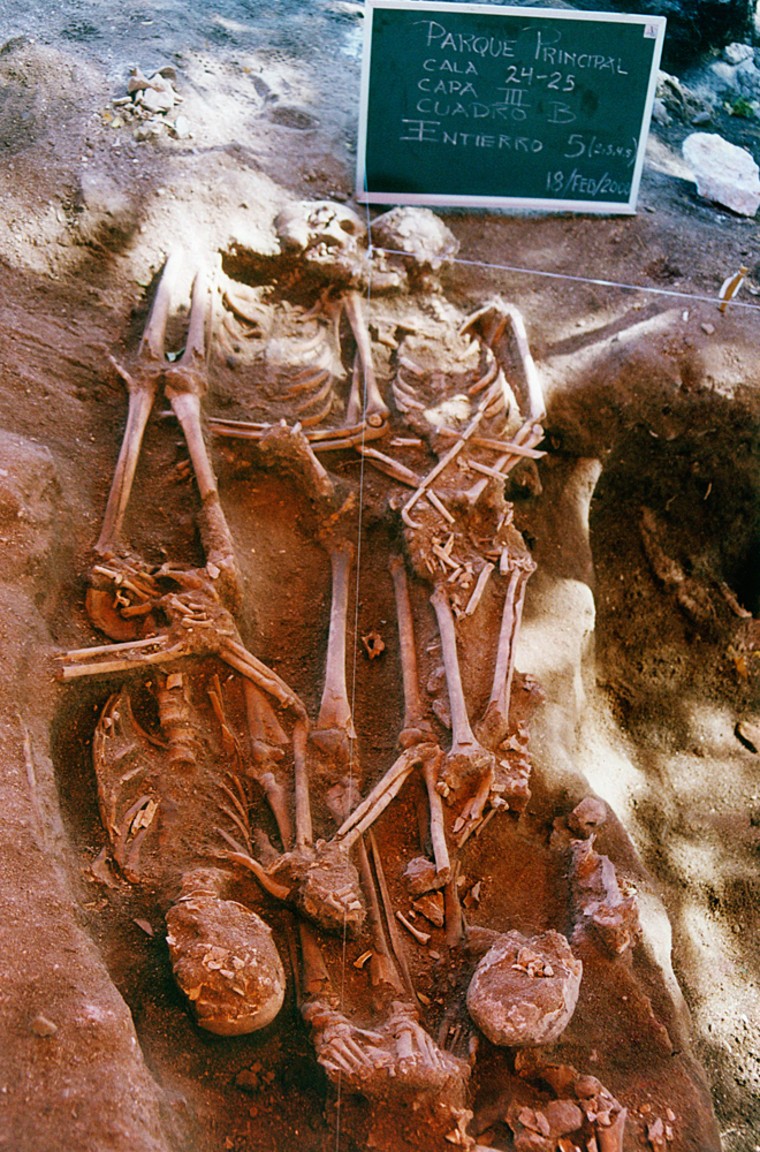Researchers have found the remains of African slaves in a 16th century Mexican graveyard, confirming historical accounts that slavery began in the New World not long after Europeans conquered Mexico, according to a new study.
The graves were discovered near the ruins of a colonial church in Campeche, Mexico, a port city on the Yucatan Peninsula. The authors of the study being released Tuesday say the remains are the earliest physical evidence of slavery in North America.
University of Wisconsin-Madison anthropology professor T. Douglas Price, who helped conduct the study, said the remains confirm historical descriptions of the beginning of slavery in the New World.
“It underscores very vividly that in the Spanish world, slaves were being brought into the colonies right from the very start,” said Matthew Restall, a professor of colonial Latin American history at Penn State University.
Details of the study will be published in an upcoming edition of the American Journal of Physical Anthropology.
The cemetery and the foundation of the church were uncovered in 2000 by construction workers digging around Campeche’s central park. The site was then excavated under the direction of the Autonomous University of the Yucatan.
Archaeologists found fragmented remains of four Africans who were likely young to middle-age men, Price said.
Researchers identified the slave remains by looking for a chemical in tooth enamel linked to the bedrock of their native Africa. Some teeth also had a distinctive mutilation recognized as a decorative practice common among Africans.
The remains dated from the late 1500s to the mid-1600s. Archaeological and historical evidence suggested the graveyard was used from about 1550 to the late 1600s, Price said.
“Part of what is surprising and interesting about this is where the bones are. They are right in the middle of the city,” Restall said.
That means African slaves were given Christian burials on hallowed ground within the city walls but separate from the Spaniards. Such practices contrasted sharply with the way slaves were treated on plantations farther north, he said.
“I think it is particularly interesting because you have African slaves from Africa, you have Europeans from Spain and you have Maya Indians who were in this region initially all together in this church cemetery,” Price said.
Early in their rule, the Spanish enslaved Indians to perform heavy labor but turned to African slaves as European diseases decimated native populations, researchers said.
